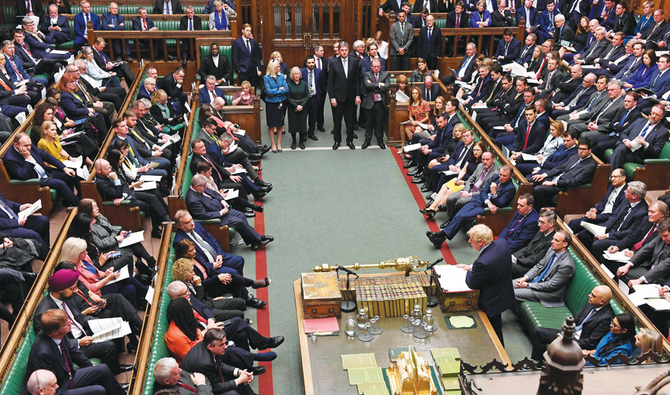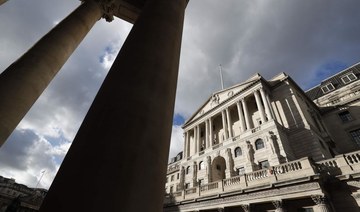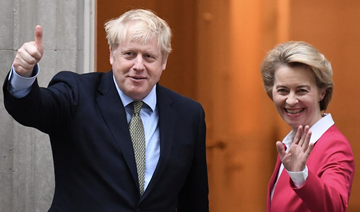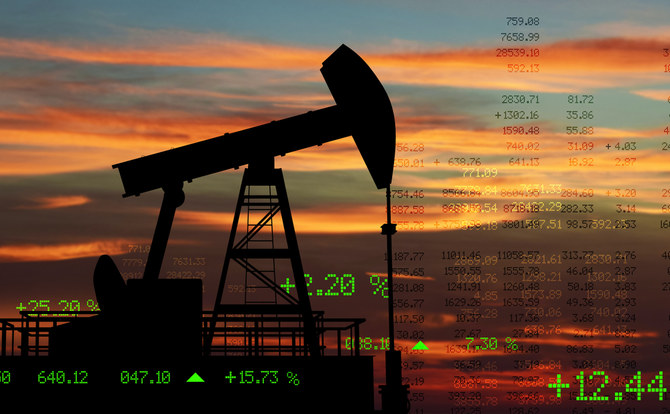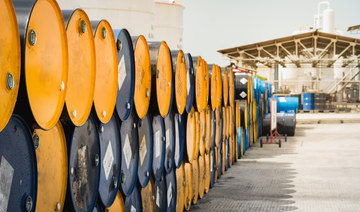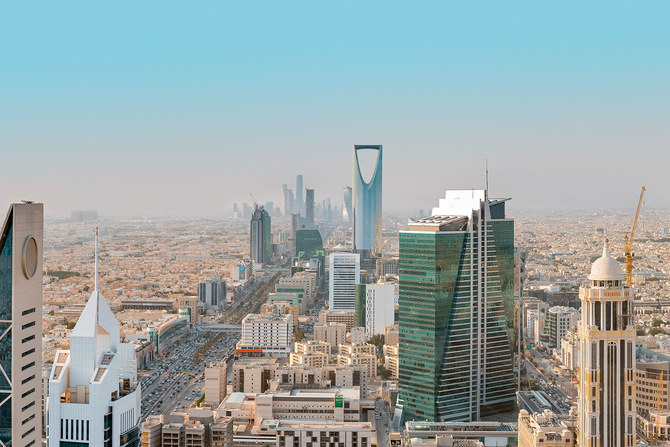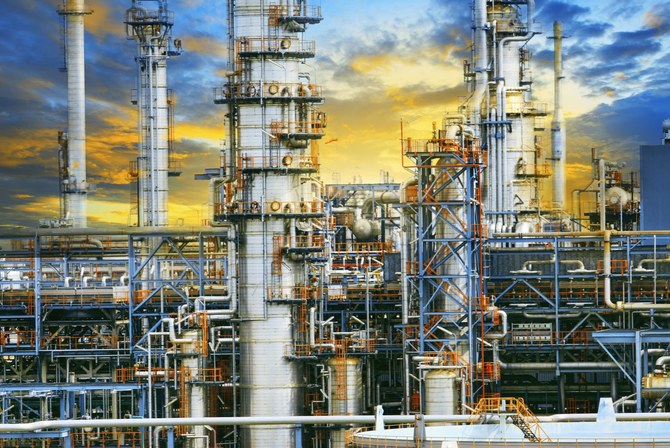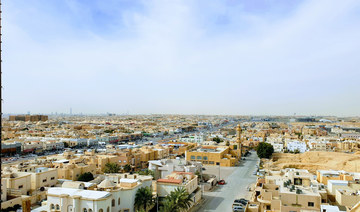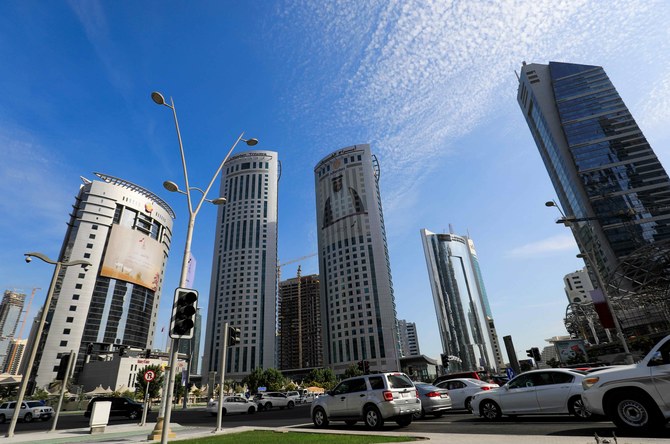BRUSSELS: With just two weeks to go before Brexit, European diplomats are preparing for the next phase — intense negotiations to hammer out a future with the UK after its EU divorce.
Brussels is braced for new rounds of Brexit battles, aware that a bullish Prime Minister Boris Johnson is feeling reinvigorated after a decisive electoral victory in December.
Here are the main battle lines revealed to AFP in interviews with 18 European officials and diplomats closely involved in the talks:
Throughout his campaign, Johnson said he would seal a trade deal by Dec. 31, the deadline set by the EU-UK divorce agreement, though London can request an extension of one or two more years.
This marked the EU’s first reality check — only reluctantly accepted. They no longer expect Johnson to ask for a delay.
That leaves only eight months, from March to October, to reach an agreement and allow time for ratification. “It’s an impossible task,” warned one European diplomat.
“At the end of the year, we could get the skeleton of a trade agreement plus something on internal and foreign security, but there is no guarantee,” the diplomat added.
Talks can begin as soon as EU ministers agree their joint mandate on Feb. 25.
Johnson’s campaign promised “to get Brexit done” and to do away with his predecessor’s goal to keep close ties with Europe and disruption to the cross-Channel economy to a minimum.
Theresa May’s government had proposed a “dynamic alignment,” where London would match EU rules on the environment, state aid and other standards to allow UK companies easy access to Europe.
Johnson will instead pursue a far more minimal trade deal that will seek zero tariffs and quotas on goods.
“The prime minister has been clear that he wants a Canada-style free trade agreement with no alignment,” a UK official told AFP.
This refers to the EU’s trade deal with Canada that Europeans consider ambitious as a trade deal, but too narrow for an important neighbor like the UK.
A mere trade deal would be an economic blow to the UK, but also to London’s closest trading partners — such as Ireland, France, Belgium and the Netherlands.
No alignment on EU standards means custom checks, paperwork and all sorts of new limits to trade.
“Our first choice is that nothing changes,” lamented a diplomat.
“But that is not going to happen, so we must now be realistic.”
Johnson’s low-bar strategy could be the biggest challenge to European unity since the Brexit referendum in 2016, diplomats said.
Member states will be pulling in different directions with some like France, Belgium and Denmark concerned about fishing while land-locked eastern Europeans and Germany will want a deal on cars.
Referred to as keeping a “level playing field,” member states with the most trade with Britain will be dead-set on ensuring that UK companies gain no unfair advantage after Brexit.
When British goods and services come knocking on Europe’s door, they will insist that UK goods are subject to checks like those from any other non-EU country.
“Zero tariffs, zero quotas, zero dumping,” the EU’s chief negotiator Michel Barnier said on recent visit to Sweden.
Diplomats warn there were not many ways to enforce the level playing field in a simple trade deal, except through threatening tariffs that can take months or even years to impose.
As a sign of London’s good faith, Europeans will be keeping a close eye on British compliance with the withdrawal agreement, in particular the customs arrangements on the Irish border.
“If they play around with that, the impact on trade talks will be immediate,” one diplomat warned.
One question nagging Europeans, notably France, is the future structure of the EU’s relationship with Britain.
Will it be something formal, with clearly set joint institutions, or a looser arrangement structured by separate deals on trade, security and other topics as necessary?
Many European capitals abhor the latter, spooked by the EU’s confused ties with Switzerland, which are governed by over 100 deals.
“We would favor a more organized structure,” an EU diplomat told AFP.
Months of intense discussions, to alternate between London and Brussels, will be coordinated by EU chief negotiator Michel Barnier and his UK counterpart, probably David Frost.
The tight deadline allows “about 40 days of pure negotiation” in eight to 10-week sessions, an official warned.
This is a far cry from the years devoted to trade deals with Canada, Japan or South Korea.
Another diplomat said negotiators would open about ten “negotiating tables” with some done in parallel.
“We will give each subject two or three weeks and see what is possible. If the divisions are too great, we move on. Some issues will be well advanced, others will go nowhere,” he said.




